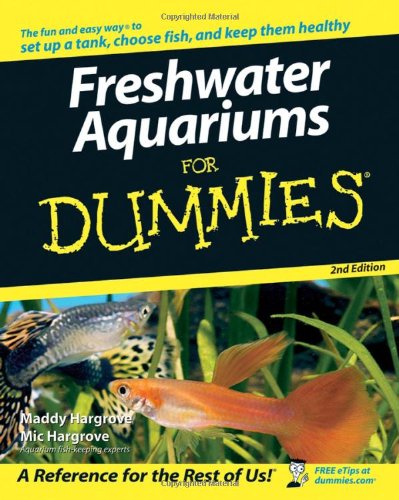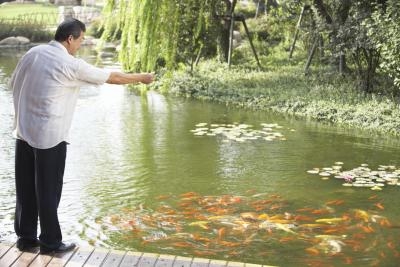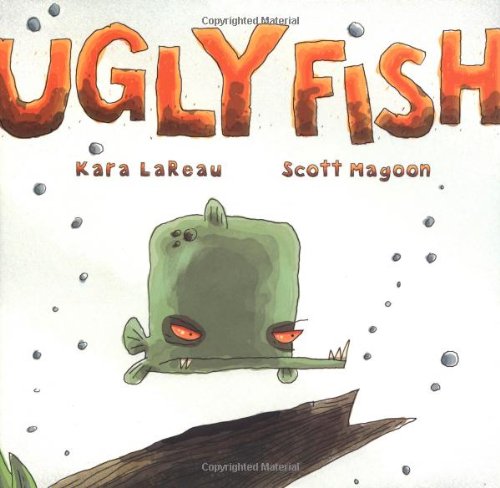
Scientific Name: Metynnis spp
Breeding Method: Egg scatterer
Ease of Breeding: Moderate
Introduction: Native to South America, these large, peaceful fish—named for their round, silver bodies—make good community-tank inhabitants. They can be spawned in pairs in a breeding tank, or collectively in a species tank, as long as it is large enough.
Sex Differences: The male's anal fin is reddish and rounder than that of the female; the female's fins are colorless.
Water Conditions: Hardness and pH do not appear to be critical, although in the wild, these fish live in soft, acidic water. Filtering over peat or adding blackwater extract will help to accomplish this, while staining the water brown is something that these fish appreciate. Temperature should be between 75° and 82°F, with the upper end of that range being preferable.
Equipment: Start with a breeding tank of at least 30 gallons for a pair, or 55 or larger for a school. Place in a quiet location with subÂdued lighting and add heater, filter, bog-wood, and lots of plants. If the parents are to remain in the tank, a spawning grate will prevent them from eating their eggs.
Conditioning and Triggers: Condition the sexes together or separately. These fish are largely herbivorous, so include plenty of vegetables such as lettuce, spinach, and blanched peas that have been squeezed from their shell; many will also take brine shrimp and other live foods, although these should not make up the bulk of their diet.
Spawning: The male chases the female around the tank, nudging her abdomen. When ready to spawn, they repeatedly press their bodies together, with the male sometimes bending around the female. This often takes place in or around plants; some aquarists report that their Silver Dollars have spawned in the roots of floating plants. The two quiver as eggs and sperm are released; the fertilized eggs then drift to the substrate.
Brood Size: Varies widely, from about 300 to more than 1,500.
Fry Care: The fry hatch in about two days, and become free swimming within a week. At this time, begin to feed infusoria and brine shrimp. By the end of a month, fry will be big enough to eat flake food ground into a powder. Be sure to include lots of vegetable matter.
 How to Take Care of a Puffer Fish
How to Take Care of a Puffer Fish
How
How to Take Care of a Puffer Fish
How to Take Care of a Puffer Fish
How
 Advantages of a Freshwater Aquarium
Owning a freshwater aquarium
Advantages of a Freshwater Aquarium
Owning a freshwater aquarium
 What Are Some Fish for an Outdoor Fish Pond?
What Are Some Fish for an Outdoor Fish Pond?
What Are Some Fish for an Outdoor Fish Pond?
What Are Some Fish for an Outdoor Fish Pond?
 10 Really Ugly Fish
Ugly ... ?Well of course bea
10 Really Ugly Fish
Ugly ... ?Well of course bea
 Life Span of Female Betta Fish Vs. Male
Life Span of Female Betta Fish Vs. Male
Life Span of Female Betta Fish Vs. Male
Life Span of Female Betta Fish Vs. Male
Copyright © 2005-2016 Pet Information All Rights Reserved
Contact us: www162date@outlook.com